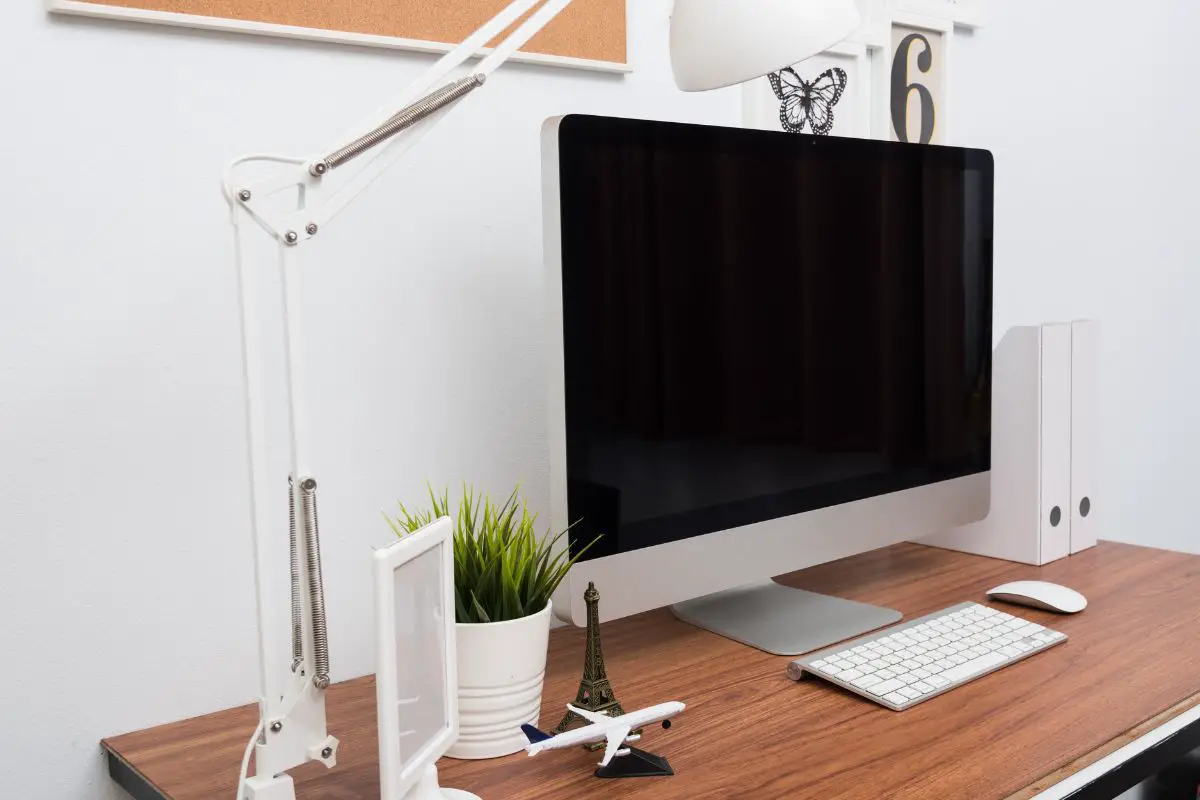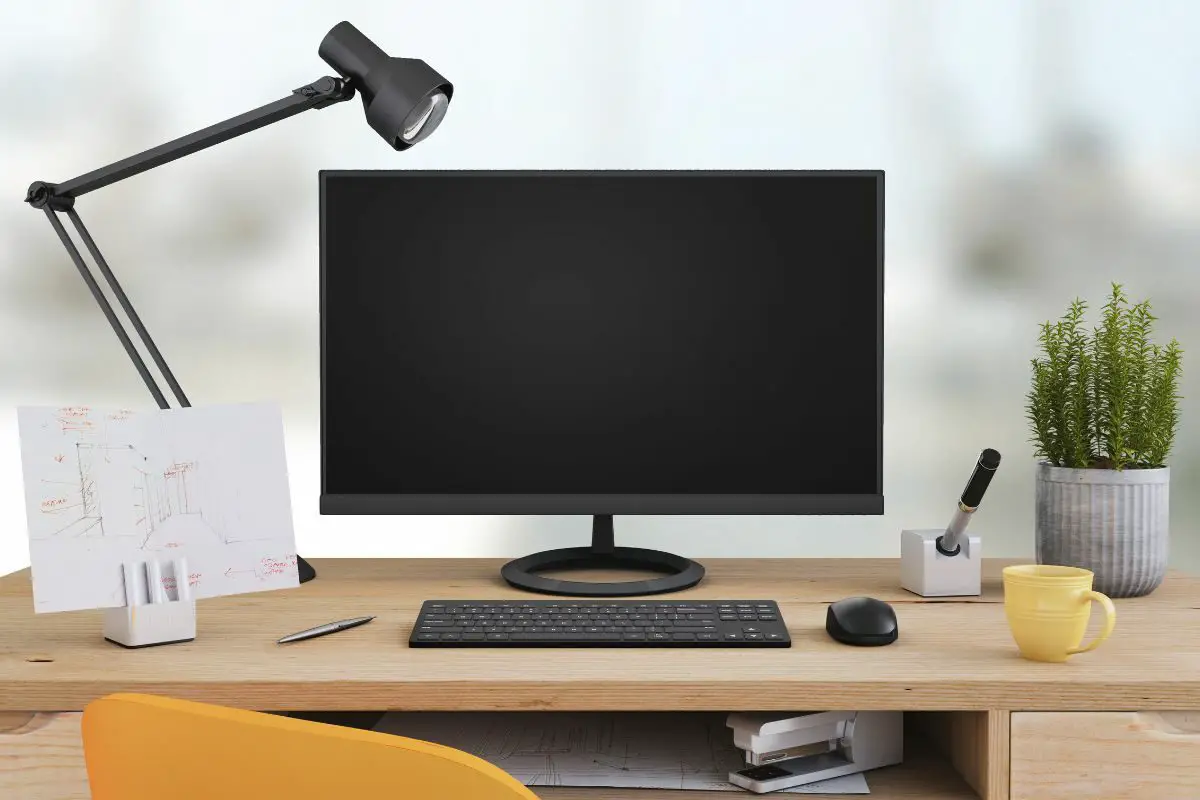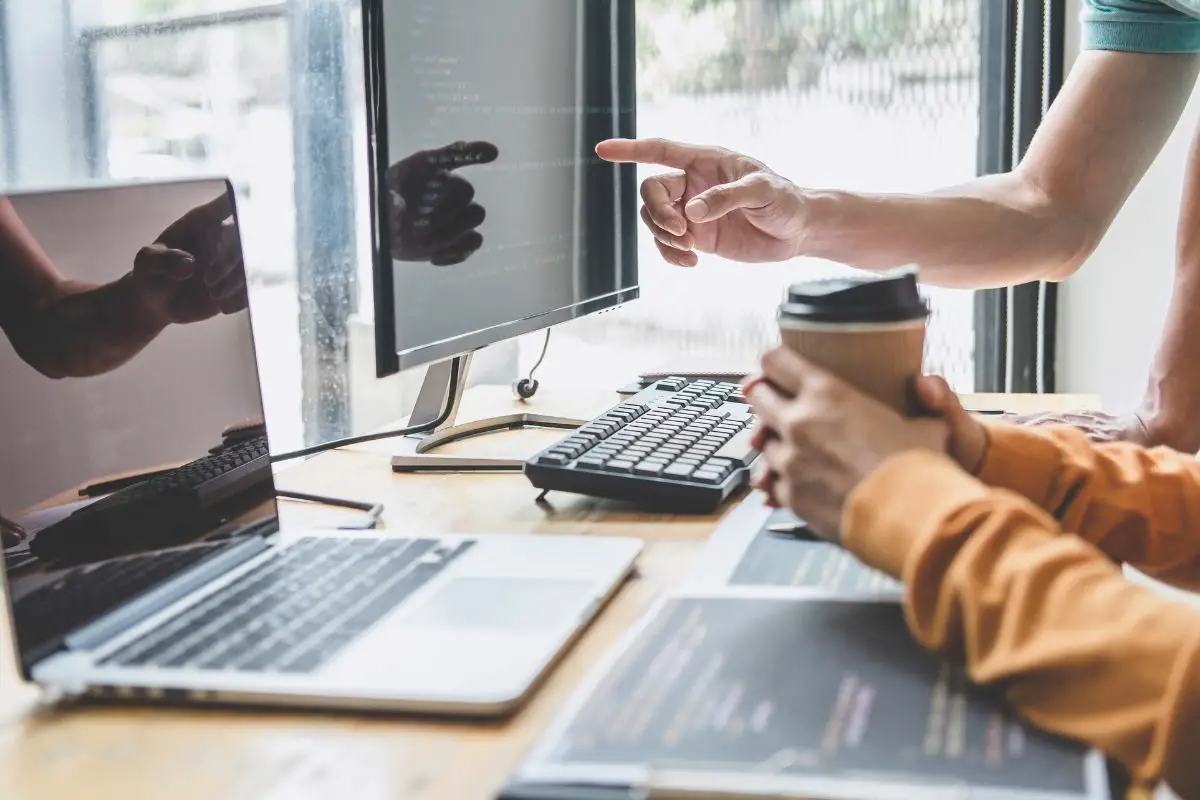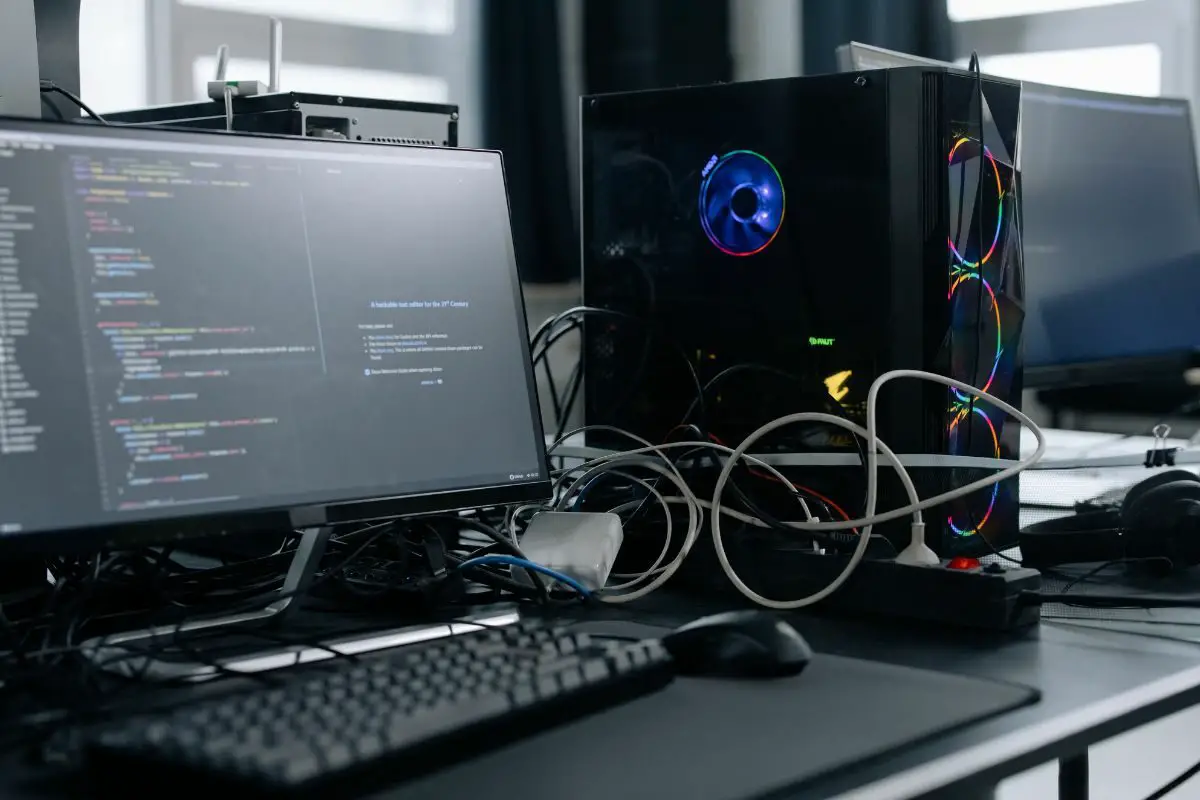
Your monitor screen can keep going black for a few reasons, like your screen's HDMI cable being loose, or your drivers being outdated. If it's a loose cable you're dealing with, you have to turn your computer off, and then re-attach your HDMI cable properly. Meanwhile, you'll have to update your drivers if they're outdated.
I've dealt with my monitor turning black before. The first time around, it was due to loose wires, so I was able to meddle with them and fix the problem. But it did strike a second time, and this time it took longer to fix. Turns out, I had some serious problems with my graphics card.
I did take care of it in the end, though, and decided to tell you all the reasons the issue can pop up, including how you can try and fix them.
Contents
If your monitor randomly goes black, there are a few different reasons why this can happen.

A lot of the time, monitors randomly go black when the cables attached to them are loose. From all the possible reasons for the monitor issue, this is probably the easiest to fix. Here's what you do:
Also, the issue might be due to the power cable that's running from your PC's power supply. It might be loose, so your PC can't transmit data to your screen properly. You'll know if this is the case, if your whole PC stops working instead of just your screen - check your CPU's lights and see if they're still on.
To fix this, you once again have to remove, and then make sure that the cable is properly connected in place.
Your monitor might randomly be turning black because of a system issue. It most probably isn't anything serious, but just your OS needing an upgrade. You probably already know if you need one, because update prompts would've been popping up.
Here's how you can fix this on Windows computers:
Here's how you can do this on Mac computers:
Your computer's graphics drivers might be what's responsible. If you didn't know, graphics cards are in charge of all the video rendering that a computer does. So, if they're outdated, your computer display would obviously not work properly.
On Macs, you don't have to look for a way to specifically update your system drivers. This automatically happens the moment you update your Mac OS. So, follow the steps I mentioned earlier.
There are 2 different ways that you can take care of outdated drivers on Windows. Here's method 1 (the easiest):

Here's method 2 to fix your video card drivers:
Your computer might be overheating and causing your GPU to malfunction. In turn, your display may be acting up.
There are a couple of possible reasons for the overheating, but your computer's cooling fans not working is a major one. Usually, this happens when there's dust stuck inside of its blades. Here's how you can take care of this on Windows:
On Mac computers, here's what you do:
If you're dealing with some kind of corrupted app or file, you should be able to fix it by going with a system restoration. I think going with a third-party application like Restoro for this makes things easier, but you can also try this trick out the manual way.
Just know that you will have to pay to use the Restoro software. It costs around $30, but it comes with a 60-day money-back guarantee.
Here's how you can fix your external monitor with Restoro (work on both Windows and Mac)
You can only try the manual way on Windows. Here's what you do:
You might have meddled with your screen's settings and caused the problem. But if it's been a while and you don't know what you changed, you might have to reset your display to its factory settings.
Now, the specific process to follow depends on the monitor that you have on hand. So, you'll need to check your monitor manual for reference.
I use an LG LCD monitor, so I thought about running through how to reset its system configuration:
Just like you might have meddled with your screen's settings, this might have also been the case for some of your computer's power settings. You might have enabled the 'Turn Off Display' option, and set a timer to regularly turn your screen off.
Here's how you can disable and fix this on Windows computers:
Here's how you can do this on Macs:

I can understand how tempting it might be to overclock your CPU - you'd be boosting your PC's performance. But it can cause your computer's components to overwork, and potentially lead to your GPU to malfunction. In turn, your screen can go black.
Now, you can't really overclock Mac computers. So, this potential cause is only for Windows users. Here's how you can try and stop the overclocking on them:
There's also the chance that some kind of software that's working in the background is the culprit. It might be eating up too much of your system's resources, and causing the problem.
Here's how you can fix this on Windows computers:
Here's what you do on Macs:
Last but not least, the issue can be hardware related. Your screen might be broken - you should be able to figure this at a quick glance. You might see cracks or lines if there's something wrong with it.
To sort this out, call the shop that you got your PC from and ask them to take a look at your display. Depending on when you got your computer, you might be able to get the hardware damage on it fixed for free.
Unfortunately, this also means that you might need a second monitor if your first one can't be fixed.
Answered below are some popular questions.
If you have multiple monitors but only one of them turns on and off, this might be due to its video cable being loose. I've already touched on how to fix this earlier. But the display might also be acting up because of faulty settings, or even your computer's display adapters needing an update.
At the same time, some kind of hardware damage can also be the culprit. There's really nothing that you can do, other than inspect your screen carefully, and then getting third-party help.

Your computer monitor can randomly turn black for a couple of different reasons. Now, one of the most common is the cable connecting your monitor to your PC being loose. This is easy to fix, as all you have to do is remove it, and then make sure that it's securely plugged in.
But also, the issue can be due to your graphics driver needing to be updated, or likewise, your Mac or Windows settings needing an upgrade.
Sometimes, hardware damage can cause the issue. If this is the case, you may have to speak to a repair shop, and even get a new monitor.
